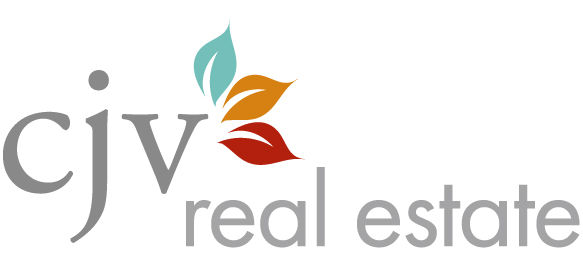Ever wondered how real estate investors analyze deals for their income potential? Do we spend hours and hours pouring over the financial data or do we just get a gut feeling? Sometimes it can be a bit of both! But believe it or not, getting started can be as simple as applying the 1% rule. The 1% rule compares the price of an investment property to the gross income it will generate. In other words, for a potential investment to meet the 1% rule, its monthly rent must be greater or equal to 1% of the purchase price. This is a quick and easy rule to analyze if a “buy and hold” property will generate a positive cash flow and help you meet your investment goals.
How To Calculate The 1% Rule
Here’s an example for a home with the purchase price of $200,000 (I know, this price is unheard of in Denver, but let’s pretend!)
$200,000 x 0.01 = $2,000
Using the 1% rule, you should find a mortgage that has a monthly payment of $2,000 or less and charge your tenants a minimum monthly rent of $2,000. Now, what if the home needs a little TLC before it can be rented and requires about $10,000 worth of repairs? For this example, you would add the cost of repairs to the purchase price of the home, for a total of $210,000. Then, you’d multiply that total by 1% to get a minimum monthly payment of $2,100. Depending on the local market rental rates, this amount may or may not actually be achievable. Be sure to consult with your real estate expert knowledgeable in the local market. They can tell you if this rent value is realistic.
What Happens If A Property Doesn’t Pass The 1% Test?
If the expected monthly rent rate is closer to $1,800 vs. the 1% of $2,100, is the deal a bad investment opportunity? Not necessarily. It depends on your personal goals and criteria as a real estate investor, and how many of those boxes the property checks. The point is that the 1% Rule – as with many real estate guidelines – is just that… a guideline. A property that doesn’t meet this expectation can still have positive upside in investment potential. Don’t be too quick to ditch it without considering a few other fundamental factors that can influence the overall rate of return. For instance these factors can include:
- The local market
- Neighborhood quality and amenities
- The current renters
- Property condition
- Forecasted home price appreciation
- Projected rent growth
- Demographic and socioeconomic trends
- Foreclosure rates
- Vacancy rates
- Days on market
Other Investment Rules To Consider
The 1% rule is certainly an easy prescreening tool. It can help separate a good investment from a bad one. If the median rent for the area is not even close to 1% of the listing, you may want to move along quickly. However, if there are fundamental factors (like those stated above) that may move the needle on a property from loser to winner, here are a couple additional guidelines to help weigh in on your decision.
Gross Rent Multiplier
The gross rent multiplier (GRM) is used to help understand the potential amount of time to pay off the investment. The GRM is calculated by taking the purchase price divided by the gross annual rent. The total is the number of years it will take to pay off the investment with rental income. The lower the GRM, the fewer years to pay off the mortgage and the more lucrative the property may be.
70% Rule
The 70% rule is for investors who will “flip” an investment instead of renting the property long-term. Their goal is to rehabilitate the house for an increased profit upon resale. This rule stipulates that you should pay no more than 70% of the after repair value (ARV) of the home, minus any repair costs.
To calculate the 70% rule, simply take the estimated ARV of the home and multiply it by 0.7 (or, 70%). Once you have the total, subtract any estimated repair costs. This will be the amount you should pay for the property. Obviously, this calculation is a bit more complex as you will need to have a decent understanding of labor and material costs in your area, as well as local market trends. A property may have a fantastic ARV but the challenges to renovate may be too great. Holding costs that increase the costs to flip a property include: labor or material shortages and changing ordinances in the area. These costs can diminish the anticipated return on investment.
Every Investment Journey Starts With A Single Step
At the end of the day, there is no crystal ball to examine when evaluating investment properties. Your own personal investing criteria will guide your purchasing decision. Even if an investment purchase does not end in the way you hoped, you will already be richer for the experience. This will create more confidence for your next step. Go get ‘em!

